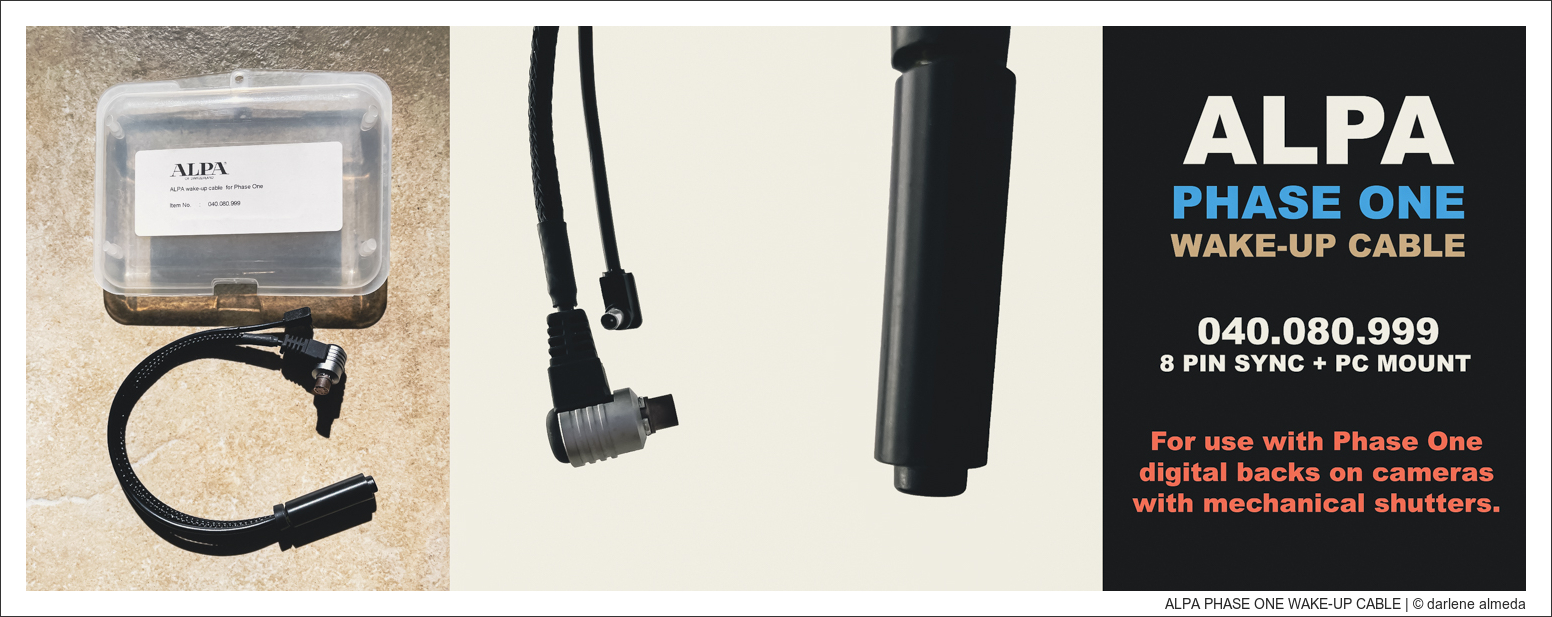A wake-up cable allows Phase One digital backs to be used on cameras with mechanical shutters. It has a button that, when pushed, wakes up the digital back.
Here is a graphic from my site of the type I use (there are less expensive cables available):
--
It sounds like a timing (latency) issue.
You may need to use a wake-up cable in long latency mode.
I know what the manual says about short latency, but that is not working!
Try this, as this is how I do long exposures with my tech cameras and the P45:
1. Attach wake-up cable to the P45 back
2. PC flash sync to the lens
3. Put the camera in B mode
4. Press the wake-up cable,
5. Then do your long exposure in B mode with the mirror locked up
Let us know how it goes.
Best of luck!

